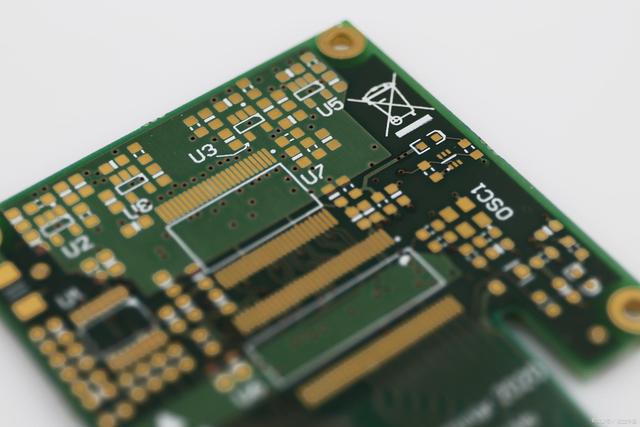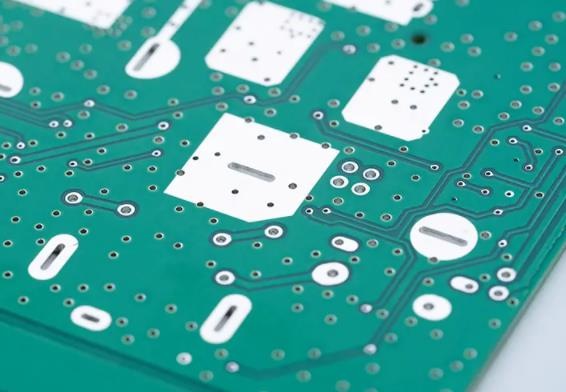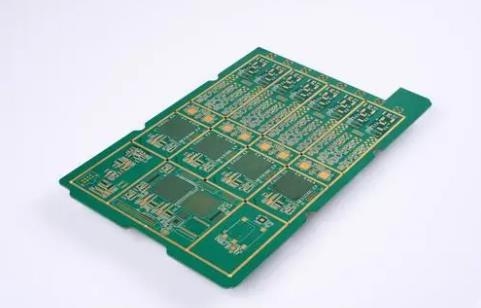
The engineer explained and analyzed the design of RF PCB in detail
A term often mentioned in the RF PCB design topic is the use of balanced unbalanced converters, but sometimes it may be unclear what these devices do or why they are needed. In RF PCB design, impedance matching and simultaneous conversion between balanced/unbalanced signals are sometimes required. This is where unbalanced transformers come in handy.
If you want to know more about what an unbalanced transformer is, this may be a rich topic. The description of some unbalanced transformers may be quite abstruse or too simple, so I will try my best to be concise and connect them with PCB design concepts familiar to most designers. It is hoped that you have enough background information to select the unbalanced transformer and incorporate it into your PCB layout.
Very simply, an unbalanced transformer is a device that converts unbalanced (single ended) AC signals to balanced (differential) AC signals. Balanced unbalanced converters can take many forms, although the most commonly used low-frequency RF signals (e.g., CATV and TV antennas) are simple transformers or a set of coupled inductors. By converting between the single ended RF input signal and the differential signal, the signal can be input into the differential receiver, dipole antenna or other components of differential operation.
The following are some examples of unbalanced transformers in common RF systems:
Simple transformer. This may be the simplest type of Barron, but it is also the largest. of
Center tap transformer. This is a better choice for transformer Barron. The central tap of the transformer provides a shared reference network for the balanced signal. The impedance on each side of the balanced unbalanced converter depends on the turn ratio between the unthreaded side and the half tapped side.

Coupling in LC circuits. By using the coupling between reactance elements in LC circuits, a circuit with the same impedance conversion function as the center tap transformer can be created. This is a more complex topic involving LC circuit simulation.
Distributed Barron design. These Barron designs are more complex because they take advantage of the coupling impedance between the wires printed on the PCB. A similar structure is also used to place the balanced unbalanced converter in the integrated circuit.
The final types of balanced unbalanced converters I have listed involve a variety of designs and require careful placement of printed elements on PCBs. This is one aspect of RF PCB design that most designers may find abstruse. Fortunately, there are many designs in microwave engineering textbooks and research literature that provide a good starting point for Barron's design.
The Balun found their home in passive amplifiers, frequency multipliers, phase shifters, modulators and dipole antenna feeds. In these applications, the unbalanced transformer performs two important functions.
impedance matching
An important function of the balanced unbalanced converter is to provide impedance matching between the balanced end and the unbalanced end of the balanced unbalanced converter. For example, in an unbalanced transformer, it can be realized by selecting an appropriate turn ratio or the ratio of primary and secondary coil inductances. The return loss of an ideal unbalanced transformer is S11=negative infinity.
quarantine
Since unbalanced transformers transmit power through electrical coupling or magnetic coupling, they provide a certain degree of natural isolation between balanced and unbalanced signals. As long as the design of the balanced unbalanced converter is correct, it can help isolate the radiated EMI and prevent it from passing between the two sides of the balanced unbalanced converter. If the signal is fed into the differential receiver, the balanced end of the balanced unbalanced converter also has high common mode noise immunity.
How to use Barron layout RF PCB
When using balanced unbalanced transformer in RF PCB layout, there are two challenges: layout of balanced unbalanced transformer itself, and layout of unbalanced and balanced lines. Follow the same strategy as other RF PCBs:
Provide isolation between circuit blocks, such as through hole fence or electronic band gap structure (EBG)
Select shorter routing and match impedance when required
Try to grid the layout so that different function blocks are located in different positions on the board
When used on the dipole antenna feeder, the balanced unbalanced transformer is placed at the edge of the grounding plane area, and the balanced output is directly routed to the antenna. This is usually done on inverted F antennas or other microstrip antennas. Change direction, such as using monopole antenna or coaxial connection (i.e. unbalanced antenna with U.FL connector), and do all operations on the ground plane anyway. In order to provide high isolation, you can place grounded protection through holes around the feeder and between the antenna area and other circuits.
Once you understand the balanced unbalanced transformer, you can more easily determine which balanced unbalanced transformer is best for your RF PCB.






